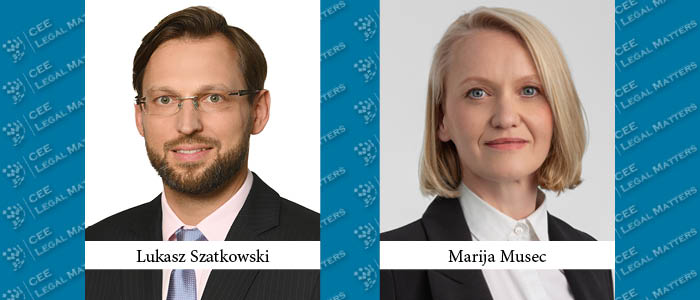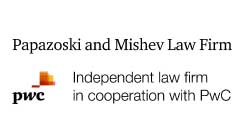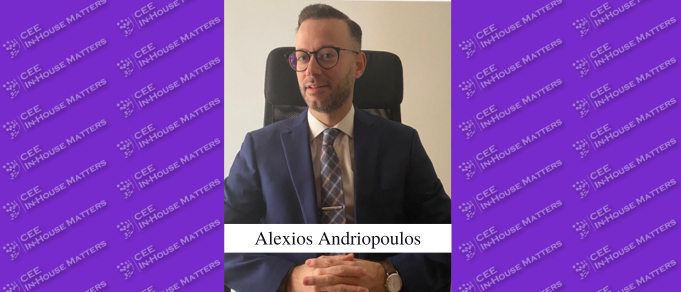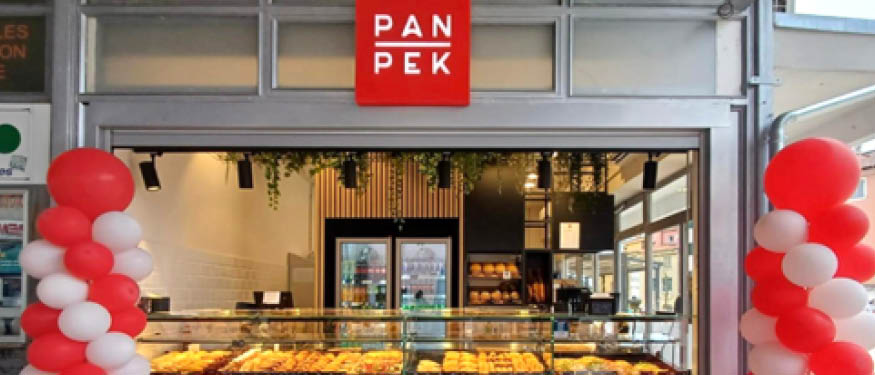CMS Croatia Partner Marija Musec and CMS Poland Partner Lukasz Szatkowski discuss electricity storage regulatory developments and the unique challenges faced by stakeholders in the CEE energy market.
CEELM: To start with the basics, how would you define electricity storage?
Szatkowski: When we speak about electricity storage, we typically make reference to large-scale facilities integrated into the grid system aimed at stabilizing national or regional grids. They play a critical role in supporting the development of renewable energy resources (RES) and facilitating the transition to sustainable energy markets.
Musec: Essentially, energy storage serves as a key tool for storing electricity generated during times of surplus and releasing it during times of high demand. This ensures access to energy precisely when it’s most needed, particularly during peak periods or in areas where energy availability is limited.
In terms of legal aspects, energy storage is considered a regulated activity, much like energy trade or production. It is regulated and monitored by the state authorities.
CEELM: Are there any instances within the CEE region where the industry isn’t regulated?
Musec: Most jurisdictions I’m familiar with have regulations governing it, although with some exceptions. There are two main types of exceptions from licensing: either for very small-scale operations that don’t require a license or for operations that serve public purposes such as grid stabilization.
Szatkowski: I agree – in Poland and neighboring countries, large-scale projects are regulated similarly, with strict regulations governing the storage of these assets and revenue schemes in place. Smaller projects, on the other hand, follow a more liberalized licensing approach, often resulting in significantly smaller endeavors.
CEELM: When we talk about the regulatory framework, is it generally at the national or EU level?
Szatkowski: When it comes to typical licensing activities, we can discuss batteries as a case study. We engage in a legal market, navigating through project development, which involves a series of transactions and joint development agreements, particularly in more established markets where local teams play a crucial role. This process is regulated by local legislation, determining the necessary permits. Additionally, there’s an operational aspect overseen by regulators and the evolving nature of the CEE markets adds another layer of complexity, especially regarding capacity markets within the EU. This development is heavily influenced by local regulations on a market-by-market basis. Ultimately, the regulatory landscape resembles that of general regulations, particularly in markets where I operate. Battery storage aligns closely with renewable energy generation, with revenue streams contingent upon market strategies.
Musec: In my experience, we often encounter local specificities, especially in zoning and spatial planning, which are crucial initial steps for investors to navigate, considering local peculiarities. Additionally, factors such as grid connectivity and environmental studies are important. However, during the operational phase, there tends to be a more standardized model, although this can vary depending on the maturity of the market.
CEELM: How would you characterize the regulatory development in recent years?
Musec: The regulatory framework has been established in nearly all Balkan countries for several years, but what needs to come next is the actual implementation of projects. It is fairly well-developed but still needs to be put into practice, tested, and validated by projects. Regrettably, in many CEE markets, battery storage is still in the development phase, so operational projects have yet to emerge. Nevertheless, there is significant interest from developers.
Szatkowski: In general, developers tend to move faster than the regulatory framework. They began in Poland, the Czech Republic, Romania, and Ukraine before any regulatory framework was established, even before the onset of the war. Subsequently, legislation caught up, as was the case in our region. Often, there were pathways to clarify certain aspects for successful battery project development. Poland experienced waves of technological focus, particularly among local developers with limited horizons, driven by diverse development strategies and grid capacity constraints. Some renewable assets couldn’t connect to the grid, prompting a shift to storage with grid access. Some projects were co-located, offering flexibility, but due to increasing interest in standalone projects, the recent focus has been primarily on storage projects.
From a legal perspective, the complexity isn’t significantly different, sometimes even easier than certain generation facilities. However, the technical aspects of the projects can be challenging. We encountered one of the initial projects in Poland where an investor with extensive overseas projects assessed opportunities in Poland. They found that substantial technical adjustments were necessary, along with challenges in agreeing on pricing. Consequently, many international investors opted for greenfield projects. Looking back two years, we now witness these developers achieving success, benefiting from their portfolio with grid connections.
CEELM: What do you see as the biggest regulatory challenges currently in the deployment of energy storage solutions in the CEE countries?
Musec: I believe that private enterprise will continue to seek out its own paths forward. We observe the efforts of private entities and anticipate responses from institutions.
Szatkowski: In my view, there’s been a generally positive shift in terms of regulators in recent years – particularly when compared to 15 years ago, when they were often seen as slow to react. Now, regulators appear more dynamic, showing an inclination to listen to the market. While they may not move as swiftly as investors, such rapidity isn’t necessarily expected from them.
CEELM: As lawyers, what specific topics are you currently monitoring closely, and what would be one item on your wish list?
Szatkowski: My wish list for this region of Europe is simple: stable regulations that remain consistent regardless of changes in government. Additionally, our market has proven to be incredibly resourceful – even without strict regulations, it finds ways to adapt. However, the real challenge arises when regulatory adjustments are necessary due to changes in the framework.
Musec: I would highlight two areas. First, transparency in government plans and their adherence is indeed important. It’s essential to improve transparency and adherence to government plans, especially regarding the grid. Providing clearer, more transparent, and reliable information will enable developers to anticipate future developments and make informed decisions accordingly.
Second, cost reduction for grid connection is also crucial. The high cost of grid connection is a major bottleneck that needs to be addressed. By minimizing these costs, we can remove significant barriers to entry and encourage more widespread adoption of renewable energy sources. Maintaining a stable framework in this area is crucial for continued progress.
Szatkowski: I’d add that in the battery storage business, ESG is crucial. However, there’s a lot of equipment sourced from markets lacking proper supply chain supervision, despite the need for it. The issue isn’t just about regulations; it’s also about what banks will accept in the end. Investors are uncertain about how to handle this, as there’s no clear idea of where to source some of the equipment from.
This article was originally published in Issue 11.4 of the CEE Legal Matters Magazine. If you would like to receive a hard copy of the magazine, you can subscribe here.






















